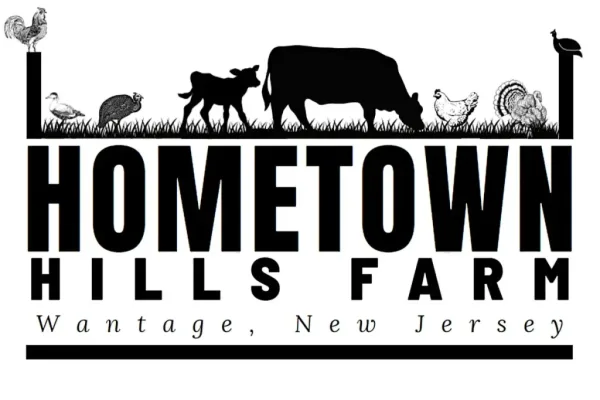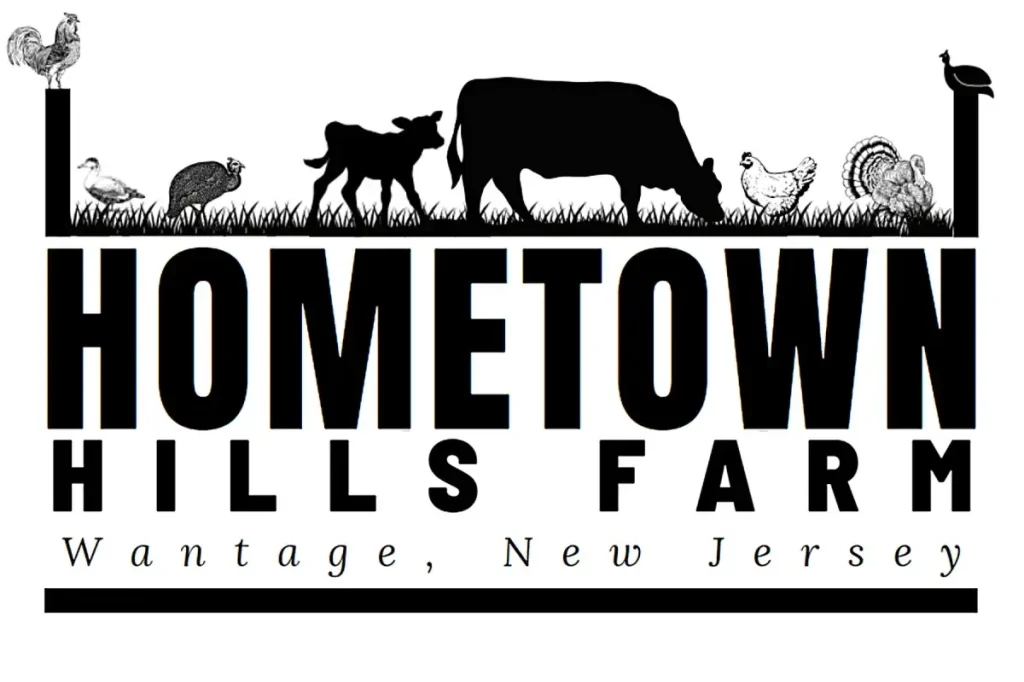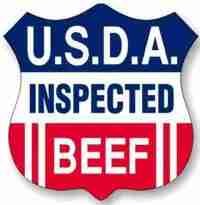Introduction to Ruminants
Ruminants constitute a distinct group of mammals characterized by their specialized digestive systems, which allow them to efficiently process fibrous plant materials. This group primarily includes animals like cattle, sheep, goats, and deer. At the core of the ruminant classification is the unique structure of their stomachs, which is subdivided into four chambers: the rumen, reticulum, omasum, and abomasum. This complex system not only enhances nutrient absorption but also enables these animals to derive energy from food sources that non-ruminants might find indigestible.
Cows are the most commonly recognized examples of ruminants, showcasing the distinctive features that typify this category. The evolutionary adaptations that define ruminants, such as their ability to regurgitate food from the rumen for further chewing—a process called rumination—facilitate enhanced microbial fermentation. This fermentation breaks down tough plant fibers, allowing ruminants to extract more energy and nutrients from their diet. As a result, their digestive systems have evolved to maximize the efficiency of processing high-fiber feeds, which is crucial for their survival in environments where such food sources are abundant.
The advantages of these adaptations extend beyond mere digestion. Ruminants possess specialized teeth and a strong jaw structure that aid in grinding fibrous plant matter, complemented by a complex microbiome within the rumen that assists in breaking down cellulose. This symbiotic relationship with microbes not only allows cows to thrive on a herbivorous diet but also contributes significantly to their overall health and growth. The unique characteristics of ruminants exemplify nature’s ingenuity in optimizing resource utilization, making them a fascinating subject of study within the animal kingdom.
The Anatomy of a Cow’s Stomach
The digestive system of a cow is a remarkable adaptation that enables these animals, classified as ruminants, to efficiently process fibrous plant materials. A common misconception is that cows have four stomachs; in reality, they possess a single stomach that is divided into four distinct compartments: the rumen, reticulum, omasum, and abomasum, each serving a unique function in digestion.
The first compartment, the rumen, is the largest and plays a pivotal role in the fermentation of ingested plant material. It can hold up to 50 gallons of contents and is populated with billions of microorganisms that help break down complex carbohydrates. This fermentation process allows cows to derive nutrients from tough fibrous forage, which would be indigestible for many other animals. As they chew their food, cows regurgitate it back from the rumen as cud, which is then chewed further to aid in digestion.
Next, the reticulum works closely with the rumen, often being referred to as the “honeycomb” due to its unique structure. It functions to trap foreign objects and facilitate the movement of ingested material back to the rumen for additional fermentation or onward to the next compartment. This compartment is integral to ensuring that nuts and bolts, or any other foreign items the cow might consume, do not cause harm to the digestive tract.
The omasum, often termed the “manyplies,” follows the reticulum and is responsible for water absorption and the reduction of particle size before the material moves into the final compartment. The abomasum functions similarly to the human stomach, where gastric juices break down proteins and prepare nutrients for absorption in the intestines. This multi-compartmentalized structure enables cows to efficiently convert grass and other plant materials into digestible nutrients, showcasing the brilliance of nature’s design in ruminant digestion.
The Digestive Process in Cows
The digestive process in cows is a fascinating example of adaptation to a herbivorous diet, specifically grass, through a specialized ruminant digestive system. Cows possess four distinct stomach compartments: the rumen, reticulum, omasum, and abomasum. The initial stage begins when a cow consumes food, which mainly consists of plant materials rich in cellulose. As the cow chews, the food is broken down into smaller particles, promoting easier digestion. During this phase, saliva is produced, which contains enzymes that initiate starch digestion and also aids in swallowing.
Once the food has been sufficiently chewed, it is swallowed and transported to the rumen, the largest of the four compartments. Here, fermentation begins through the action of a diverse community of microbes, including bacteria, protozoa, and fungi. These microorganisms are essential as they break down complex carbohydrates that a cow’s digestive enzymes cannot manage alone. This microbial fermentation produces volatile fatty acids, which serve as a primary energy source for the cow. Carbon dioxide and methane are also produced during fermentation, which must be expelled through belching.
After fermentation, the partially digested food, known as cud, is regurgitated back into the cow’s mouth, where it is re-chewed for further breakdown. This process, known as rumination, allows for an increase in surface area, thereby enhancing the effectiveness of microbial action. The cud is then swallowed once more and moves to the reticulum, where further sorting occurs. Next, the mixture passes into the omasum, which absorbs excess water and some nutrients, before finally entering the abomasum, where the true stomach resides. In the abomasum, digestive enzymes further break down the food, allowing the cow to effectively extract and absorb vital nutrients, showcasing the remarkable efficiency of the cow’s digestive system.
Importance of Ruminant Digestion in Agriculture
The understanding of ruminant digestion, particularly in cows, holds significant implications for the agricultural sector. Cows are unique among livestock due to their specialized digestive system, which allows them to break down complex plant materials, such as cellulose, into valuable nutrients. This process enhances herd health, leading to improved milk production and overall agricultural productivity. Knowledge of cow digestion is critical to optimizing feed efficiency and managing the nutritional needs of ruminants effectively.
Efficient digestion directly correlates with higher milk yields and better weight gain in dairy and beef cattle. By comprehending the nuances of how cows digest their food—especially the microbial fermentation that occurs in their multiple stomachs—farmers can implement feeding practices that cater to the unique requirements of ruminants. This could include the selection of appropriate feeds that enhance nutrient utilization and reduce waste.
Moreover, sustainable livestock management practices heavily rely on the understanding of ruminant digestion. By implementing feeding strategies that optimize digestion, farmers can improve feed conversion ratios, which ultimately leads to less feed being required per unit of milk or meat produced. This not only improves the economic sustainability of farming operations but also contributes to environmental sustainability by reducing the carbon footprint associated with feed production.
Furthermore, efficient digestion has significant implications for the management of waste in livestock operations. An understanding of nutrient release from cow excretion can guide the application of organic fertilizers, promoting crop growth without resulting in nutrient runoff. This integrative approach aids in maintaining soil health while minimizing negative environmental impacts.
In essence, grasping the intricacies of cow digestion is pivotal for enhancing agricultural practices, promoting animal welfare, and achieving sustainable livestock management.
Fun Facts About Cow Digestion
- Cows chew their cud up to 40,000 times per day!
- A cow can produce 25 to 50 gallons of saliva daily, which helps break down food.
- A cow’s digestive process can take 24 to 48 hours, depending on what it eats.
Share This Story, Choose Your Platform!
Grass-Fed Beef & Pastured Pork
Order Online
Discover the difference of premium, locally sourced meat with our grass-fed beef shares. Sourced directly from our sustainable Wantage, New Jersey farm in Sussex County, our cattle are humanely raised on lush pastures. Each cut is carefully selected and expertly processed to deliver unmatched freshness and flavor. Taste the exceptional quality of our grass-fed beef, raised right here in our community.


